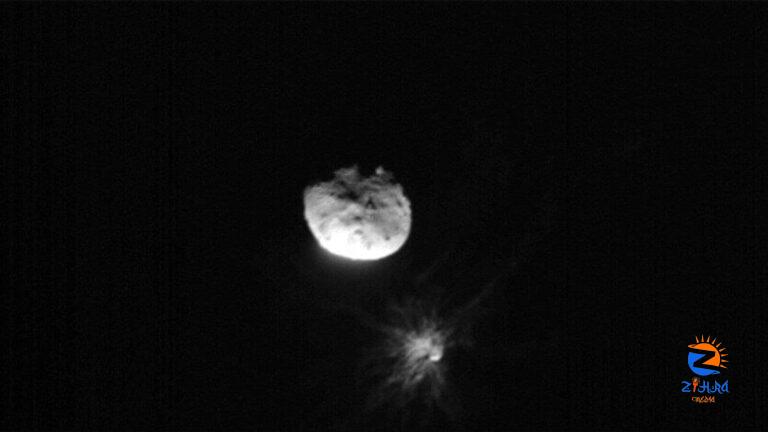
[ad_1]
This autumn, Earth is about to get a second moon—a tiny asteroid named 2024 PT5—that will orbit the planet for about two months between September 29 and November 25 before escaping gravity.
According to Research Notes of the American Astronomical Society, 2024 PT5 will be Earth’s temporary ‘mini-moon’.
Though it can’t be seen with the naked eye or binoculars or a home telescope, but it can be visible to professional equipment because of its small size and made of dull rock.
The host of the Awesome Astronomy podcast, Astronomer Dr Jennifer Millard, told BBC’s Today programme, as quoted by CNBCTV18, “Professional telescopes will be able to pick it up. So, you’ll be able to look out for lots of wonderful pictures online of this little dot moving past the stars at great speed.”
Previous incidents:
On 7 August, NASA’s Asteroid Terrestrial-Impact Last Alert System (ATLAS) spotted the asteroid 2024 PT5. It is believed to be around 33 feet (10 meters) wide and hails from the Arjuna asteroid belt, a jumble of space rocks that orbit the sun close to Earth.
This is not the first time mini-moons have been spotted, as in 1981 and again in 2022, 2022 NX 1 became an ephemeral companion to planet Earth. Scientists predict 2024 PT5 will also return to Earth’s orbit again in 2055.
About 2024 PT5 entry
As per American Astronomical Society, the 2024 PT5 will enter orbit on September 29 and is predicted to leave on November 25. “It’s not going to complete a full revolution of our planet, it’s just going to kind of have its orbit altered, just twisted slightly by our planet and then it’ll continue on its merry way,” BBC quoted Millard as saying.
Studies say if an asteroid moves at a slow speed of roughly 3,540km/h, it can be pulled by Earth’s gravitational field for a temporary period. And this is what will happen to 2024 PT5.
“This story highlights just how busy our solar system is and how much there is out there that we haven’t discovered because this asteroid was only discovered this year. There are tens of thousands, if not hundreds of thousands, of objects out there that we haven’t discovered and so I think this highlights the importance of us being able to continually monitor the night sky and find all of these objects,” Dr Millard added.
[ad_2]